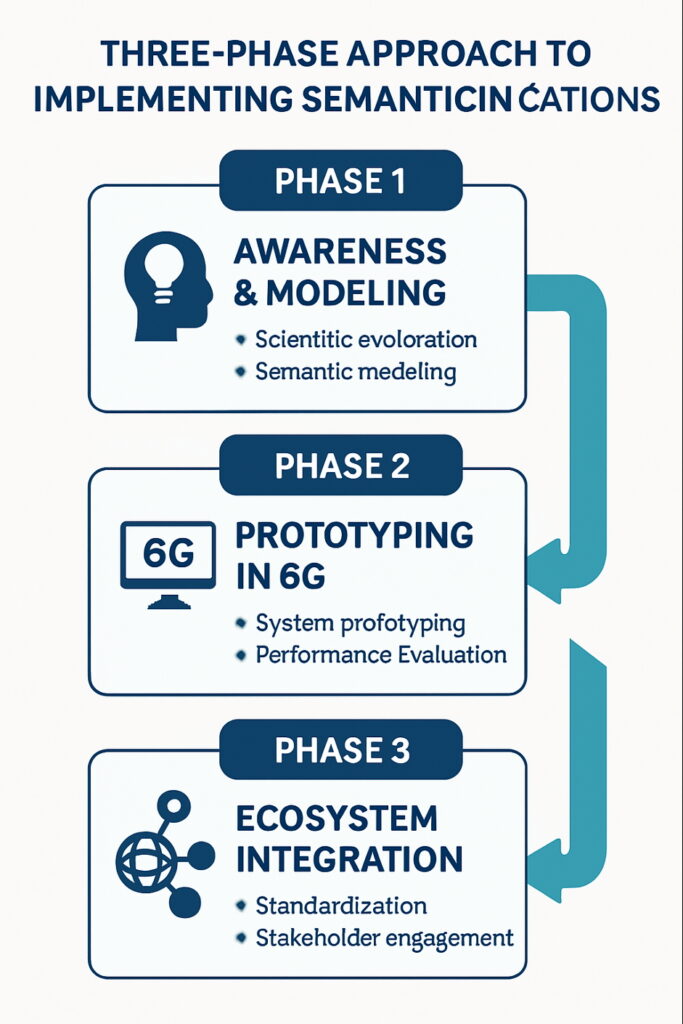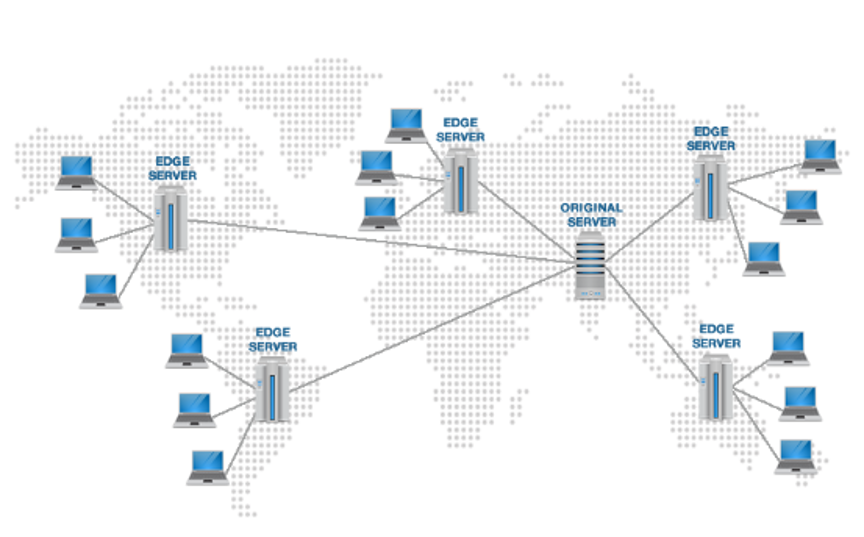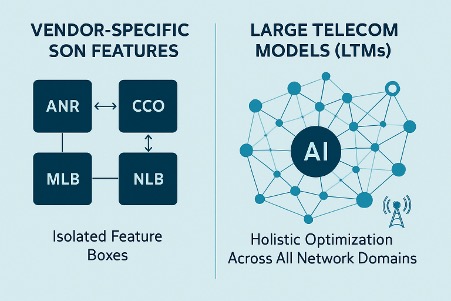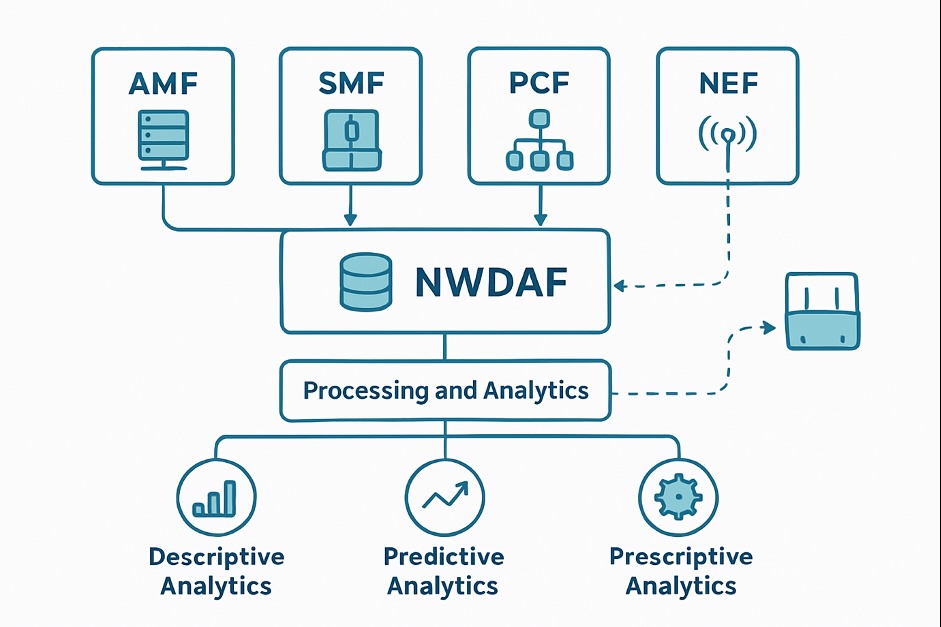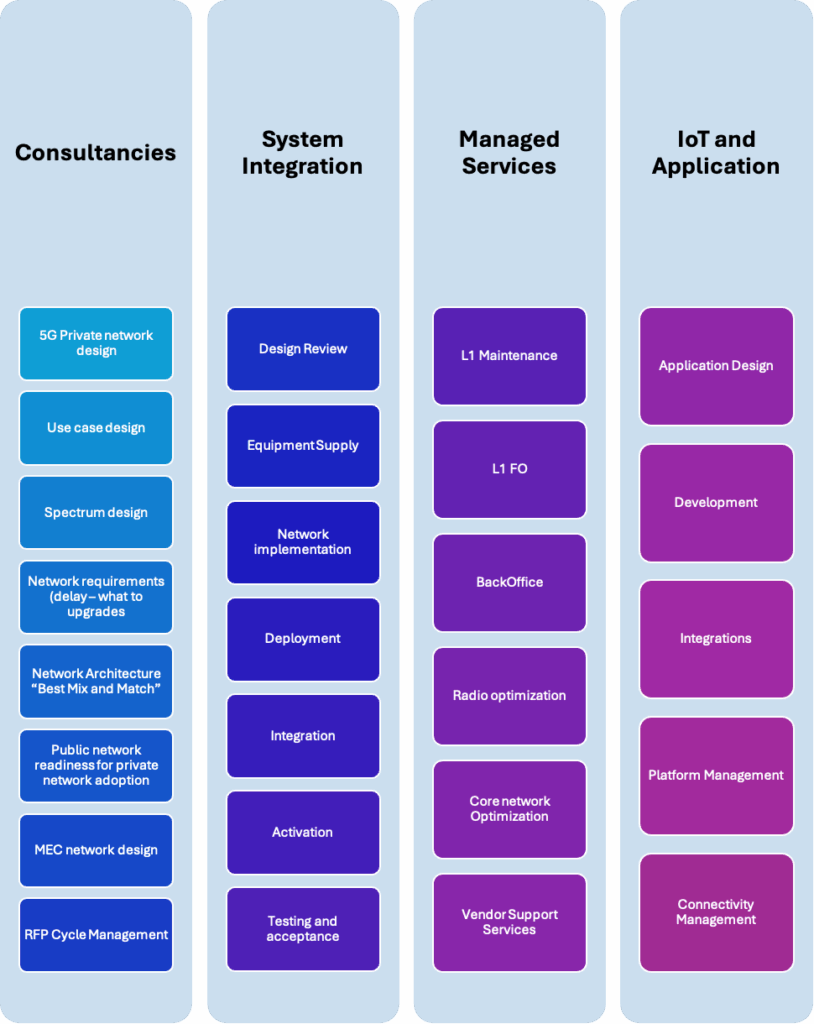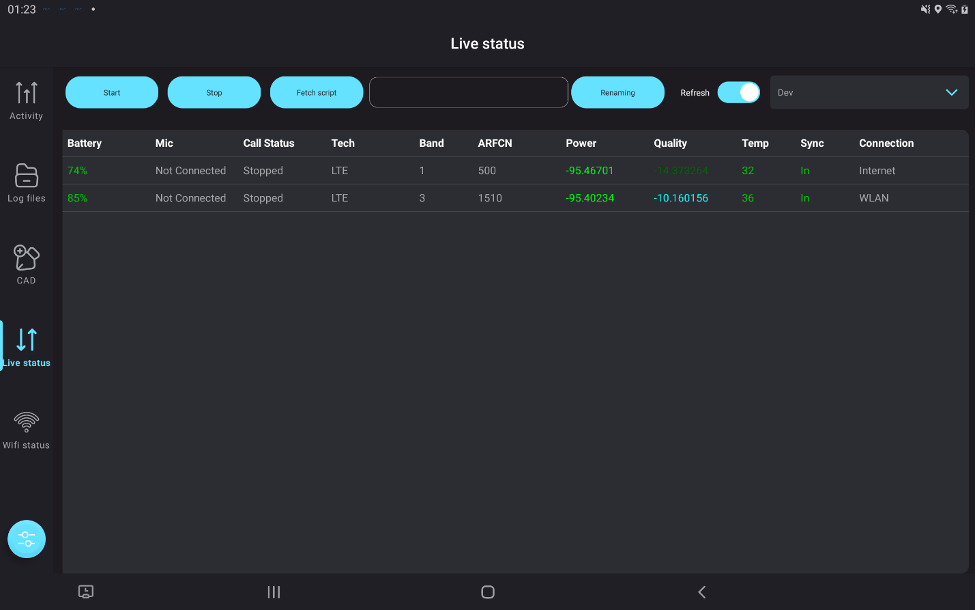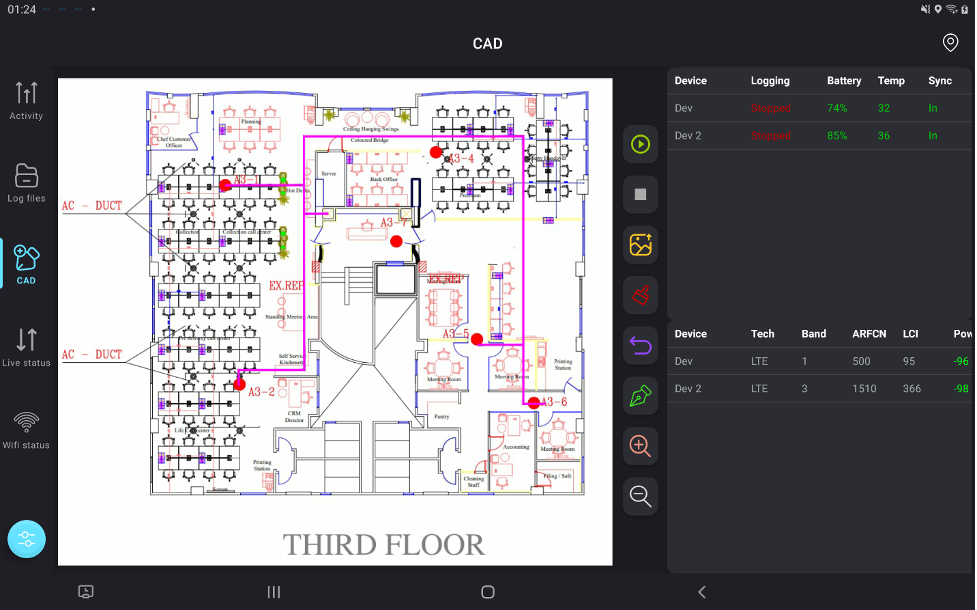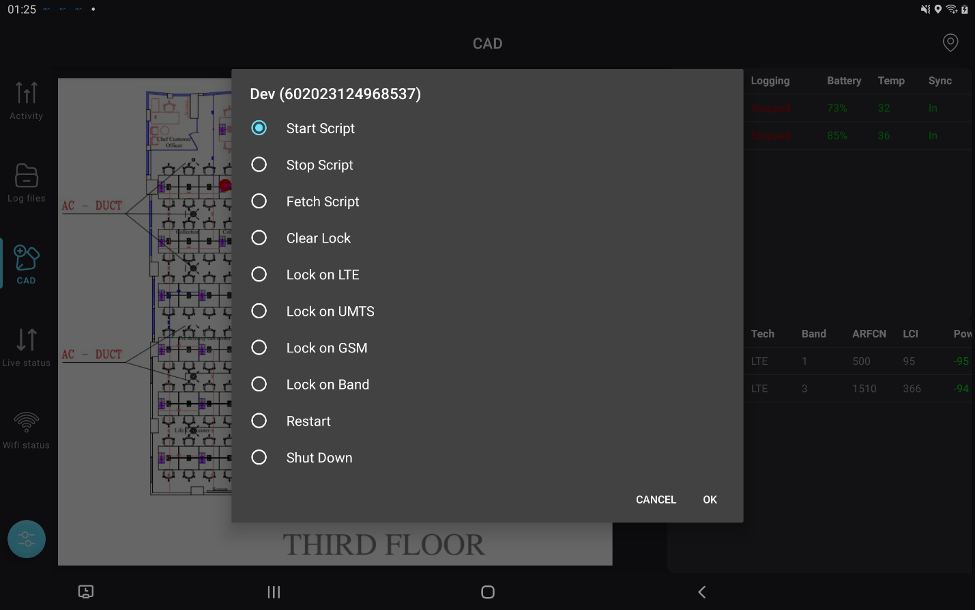While the theoretical possibilities are exciting, I’ve learned throughout my career that theory represents only one side of the equation. On the other side lies reality: signal loss, energy constraints, component limitations, and the unforgiving properties of our atmosphere. Today, I want to examine the engineering challenges that 6G must overcome to transform its spectral ambitions into practical, deployable technology.

Perhaps the most fundamental challenge we face is propagation loss. As frequencies increase, free-space path loss grows exponentially, a physical reality that cannot be engineered away. At 100 GHz, signal attenuation is already substantially higher than in traditional 5G bands. By the time we reach 1 THz, even a few meters of distance can drastically degrade signal strength. This isn’t merely an inconvenience; it fundamentally reshapes how we must approach network architecture. 6G will require advanced beamforming techniques, ultra-short-range cells, or reconfigurable intelligent surfaces (RIS) just to maintain basic communication links at these frequencies.
Atmospheric absorption presents another significant hurdle. In sub-THz and THz ranges, atmospheric gases—particularly water vapor and oxygen absorb electromagnetic waves in ways that create distinct challenges for wireless communication. Absorption peaks occur at specific frequencies: 183 GHz for water vapor and 325 GHz for oxygen, effectively creating “spectral dead zones” where long-range communication becomes impractical. Our strategy must therefore focus on identifying and utilizing transparency windows (such as 140 GHz) for viable communication links, while allocating other frequency bands for indoor or ultra-dense deployment scenarios where atmospheric effects are minimized.
The hardware requirements for THz communication represent perhaps the most immediate practical challenge. Today’s RF integrated circuits and front-end modules simply weren’t designed for terahertz operation. Silicon CMOS technology, the workhorse of modern wireless systems, begins to hit fundamental performance limits beyond 200 GHz. Alternative semiconductor technologies like Gallium Arsenide (GaAs) and Indium Phosphide (InP) show promise but remain expensive and less amenable to mass production. Beyond the semiconductors themselves, waveguide components, antennas, and packaging become highly lossy and mechanically delicate at these frequencies. Innovation pathways include hybrid integration approaches, nanophotonic technologies, plasmonic antennas, and metamaterials, all of which require substantial research investment before commercial viability.
Power efficiency emerges as another critical bottleneck. Power amplifiers operating at THz frequencies currently suffer from poor efficiency, generating excessive heat while delivering limited output power. In battery-constrained mobile devices, this inefficiency could render many theoretical applications impractical. Addressing this challenge will require multifaceted approaches: AI-driven energy management systems, novel energy harvesting techniques, and beam-aware hardware designs that minimize power consumption when full-power transmission isn’t necessary.
Precision timing and synchronization take on new importance at these frequencies. With the ultra-short wavelength characteristic of THz signals, even nanosecond-level timing errors can destroy link integrity. This impacts not just data transmission reliability but also the accuracy of sensing and positioning applications that 6G promises to enable. Meeting these requirements will demand high-stability clock sources, potentially including quantum timing references, and integrated sensing-transmission designs that maintain phase coherence across multiple functions.
The testing and simulation infrastructure for THz systems remains underdeveloped. Existing RF testbeds rarely extend beyond 100 GHz, creating a gap between theoretical models and practical verification. Simulation models for THz propagation are still evolving, and standards for THz-specific channel models are under development but not yet finalized. Without robust tools for repeatability and comprehensive test systems, mass deployment of THz technology remains speculative at best.
Finally, ecosystem fragmentation presents a strategic challenge. Unlike 5G, which benefited from relatively rapid ecosystem convergence around specific bands and technologies, 6G’s spectral frontiers are being explored in different frequency ranges across various countries and research institutions. Technical definitions and key performance indicators lack harmonization, and mainstream OEM and chipset vendor roadmaps have yet to fully incorporate these advanced frequency bands. This fragmentation could slow development and increase costs unless addressed through coordinated international efforts.
Despite these formidable challenges, I see tremendous beauty in the struggle to overcome them. These obstacles aren’t roadblocks; they’re invitations to innovate in ways that will transform not just telecommunications but multiple scientific and engineering disciplines.
The development of 6G will require an unprecedented fusion of telecommunications engineering, quantum physics, and materials science. Those who successfully bridge these domains will lead the industry forward not just in products and services, but in establishing entirely new paradigms for how we understand and utilize the electromagnetic spectrum.
As we navigate these challenges, I believe we’ll discover that the limitations imposed by physics aren’t constraints but catalysts forcing us to think more creatively, collaborate more effectively, and ultimately develop solutions that extend far beyond telecommunications into healthcare, environmental monitoring, security, and countless other domains that will benefit from mastery of the terahertz frontier.
This blog post was written by Head of Products, Mohamed Sayyed, at Digis Squared.

